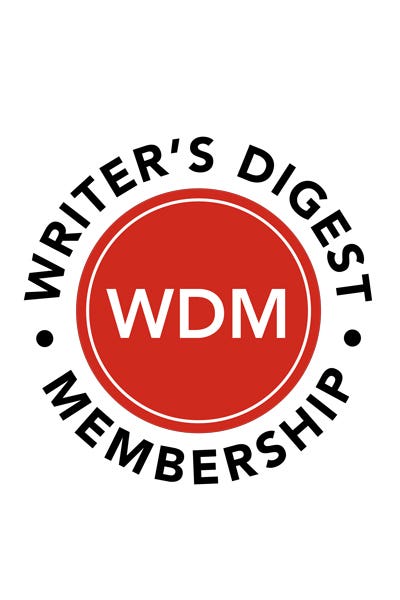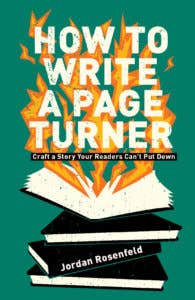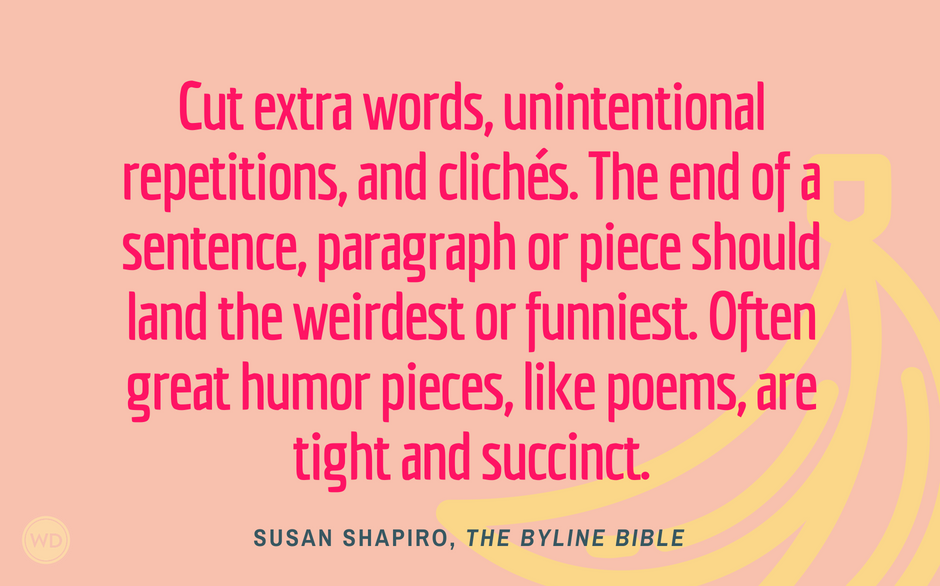Novel Shortcuts: Ten Techniques That Ensure a Great First Draft
by Laura Whitcomb
Writer's Digest Books, 2009
ISBN-13: 978-1-58297-567-2
ISBN-10: 1-58297-567-1
$16.99 paperback, 272 pages
Read an Excerpt!
Find out how to develop your story around its most pivotal moments in this excerpt from Chapter Three: Crosshairs Moments.
Online Exclusive: Q&A With Novelist Laura Whitcomb
Award-winning novelist Laura Whitcomb shares her insights into the writing life in this exclusive Q&A.
About the Book
The key to successfully starting and finishing that first draft is to get it down on paper on fast. Novel Shortcuts provides you with a unique take on “speed depth in fiction writing,” showing you how to quickly write a first draft that’s also rich and engrossing (it’s really possible!).
Through detailed instruction and valuable exercises, award-winning novelist Laura Whitcomb addresses everything from premise development to foreshadowing to tone and beyond. You’ll uncover shortcut strategies and tools like:
• A four-step approach for crafting stronger scenes
• Plot-planning devices, including plot webs, timelines, and plot menus
• Guidelines for building your story around essential crosshair moments
• Comprehensive checklists featuring quick fixes to common story gaffes relating to plot, character, voice and style, setting, description, and more
Plus, learn how to stay committed to and enthusiastic about your project as you develop it from a new idea to a complex and realistic story. Novel Shortcuts is your roadmap to a smooth and expedient writing process!
About the Author
Laura Whitcomb is the award-winning author of the novels A Certain Slant of Light and The Fetch. Her previous writing book, Your First Novel, was co-authored by literary agent Ann Rittenberg.
Table of Contents
Introduction
Chapter One: Finding the Core of Your Novel
Why This Story?
Clarifying the Premise
Writing Your Jacket Copy as Revelation
A Note About Titles
What to Do If You Can’t Get Focused
Chapter Two: Deciding How to Tell Your Story
POV: Who Should Tell the Story?
Developing the Narrating Voice
Tone
The Device
Chapter Three: Crosshairs Moments
Identifying the Story Crosshairs Moment
Identifying Chapter Crosshairs Moments
Turning All Crosshairs Moments Into Great Moments
Chapter Four: Shortcut to the Scene
Step I: The Scene Outline
Step II: The Dialogue
Step III: The Ten-Minute Heartstorm
Step IV: Putting It Together
Chapter Five: Balancing Scene, Summary, and Reflection
The Scene
Summary
Reflection
Finding Your Rhythm: What Affects Balance
Chapter Six: Planning Your Plot
Plot Web
Timelines
Plot Menu
Chapter Seven: Stealing Tricks from the Best
The Emotional Crack
The Sex Scene
The Awe-Inspiring Entrance
Mixed Perception
Foreshadowing
Chilling Moments
Listening to Your Ghosts
Chapter Eight: Fast Track to the Deeper Emotion
Using Art
Using Music
Additional Inspirations
Chapter Nine: What to Do When It Stinks
Honor the Instinct That Something’s Off
Common Things That Go Wrong With …
Fixing Common Things That Go Wrong With …
Exercise: Why It Works/Why It Doesn’t
Fixing Things Later
Chapter Ten: Goals and Miracles
Establishing a Routine
Self-Imposed Deadline
Writers Support
Inspiration
Finishing the Draft
Blessings to the Happy Few









